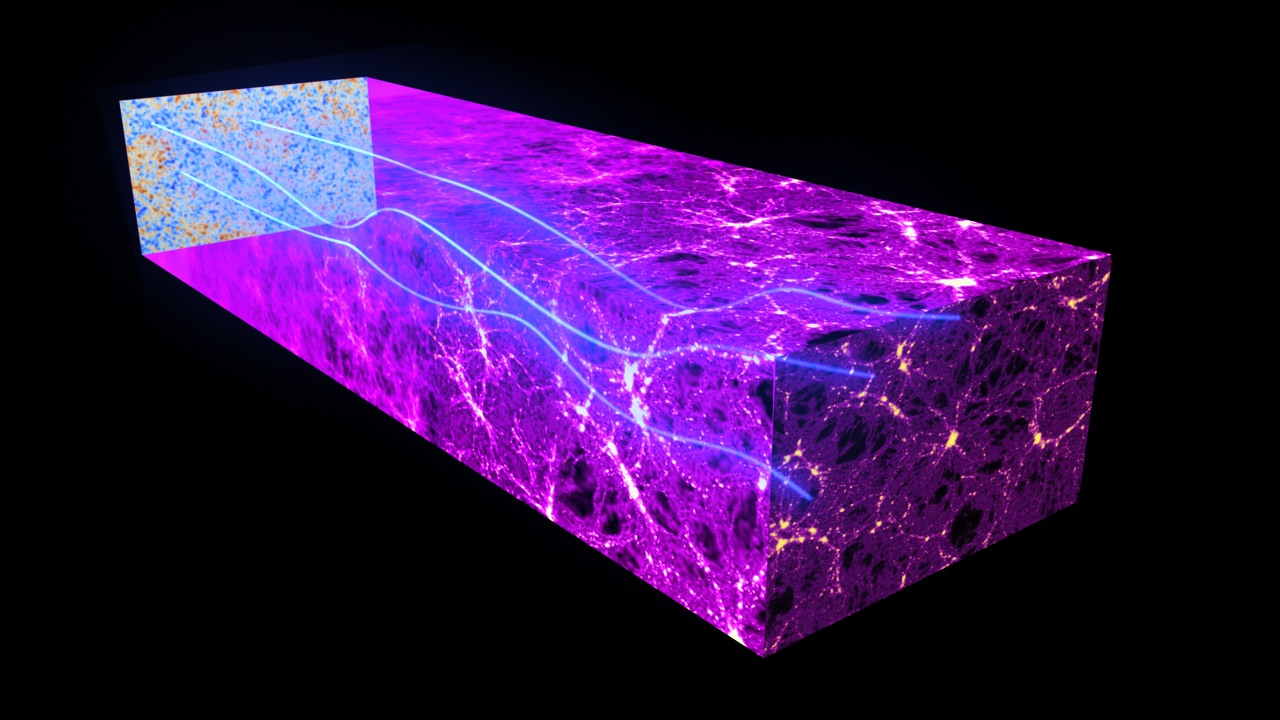Leftover radiation from the Big Bang — that expansion that kick-started the universe — can be bent by huge cosmic structures, just like other light that we see in the universe. While the finding seems esoteric at first glance, scientists say the discovery could pave the way for finding a similar kind of signal that indicate the presence of gravitational waves in the moments after the universe was born.
That light is called the cosmic microwave background and is the radiation that was visible when the universe became transparent to radiation, 380,000 years after the Big Bang. A tiny bit of the CMB is polarized. There are two types of polarized light in the CMB: E-modes (first detected in 2002) and B-modes (which were just detected using a telescope in Antarctica and ESA’s Herschel space observatory.
“[B-modes] can arise in two ways,” the European Space Agency wrote in a press release.
“The first involves adding a twist to the light as it crosses the Universe and is deflected by galaxies and dark matter – a phenomenon known as gravitational lensing. The second has its roots buried deep in the mechanics of a very rapid phase of enormous expansion of the Universe, which cosmologists believe happened just a tiny fraction of a second after the Big Bang – ‘inflation’.”
More results are on the way from ESA’s Planck telescope in 2014, at which point scientists hope to see this B-mode of the second type. For now, check out the full study in Physical Review Letters. There is also a preprint version available on Arxiv.
Sources: ESA and ESA Herschel

